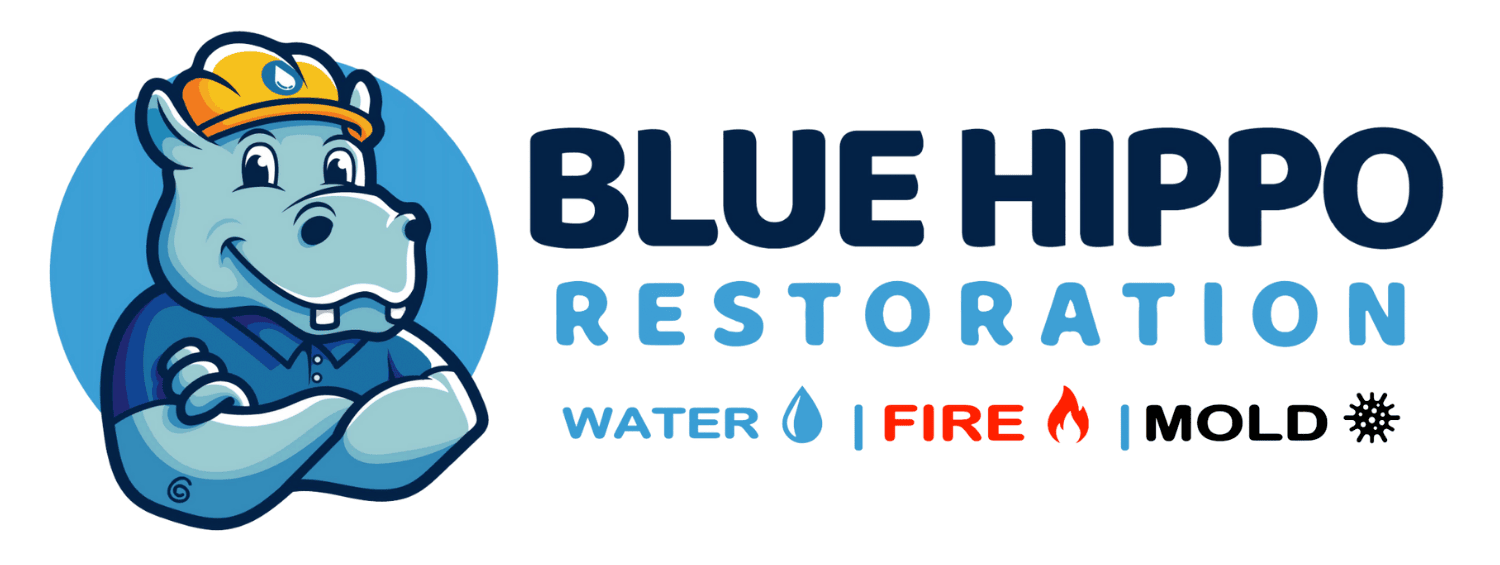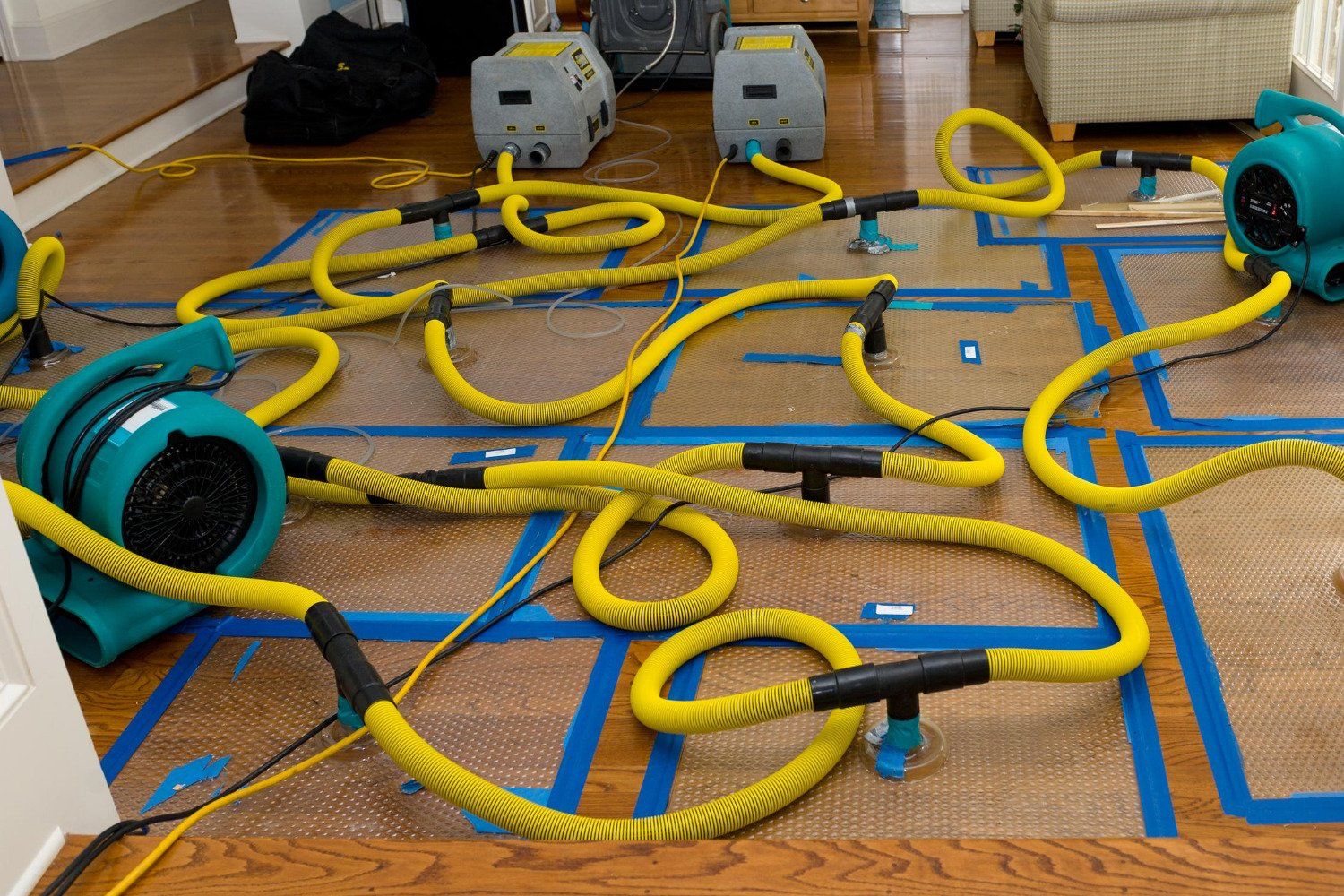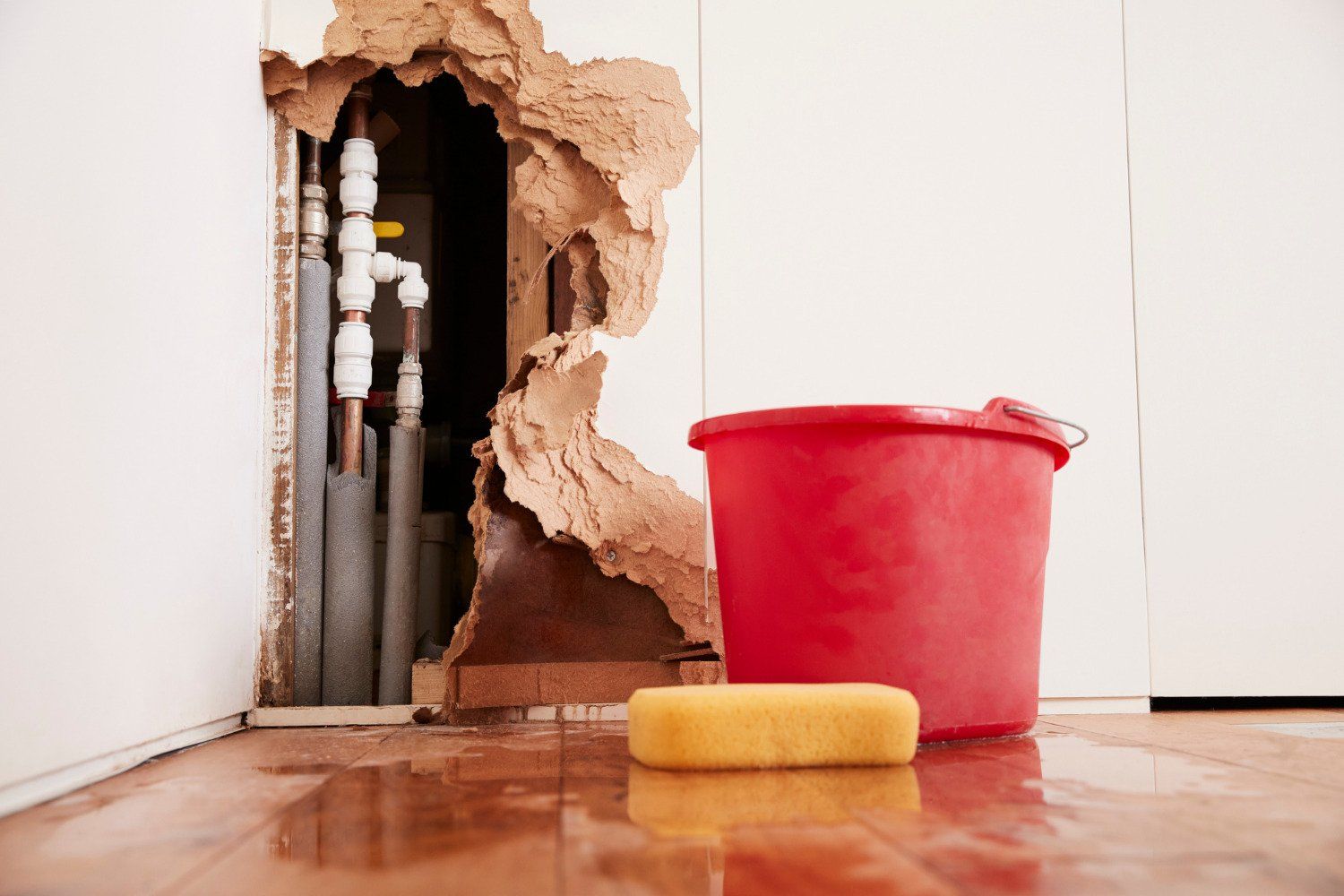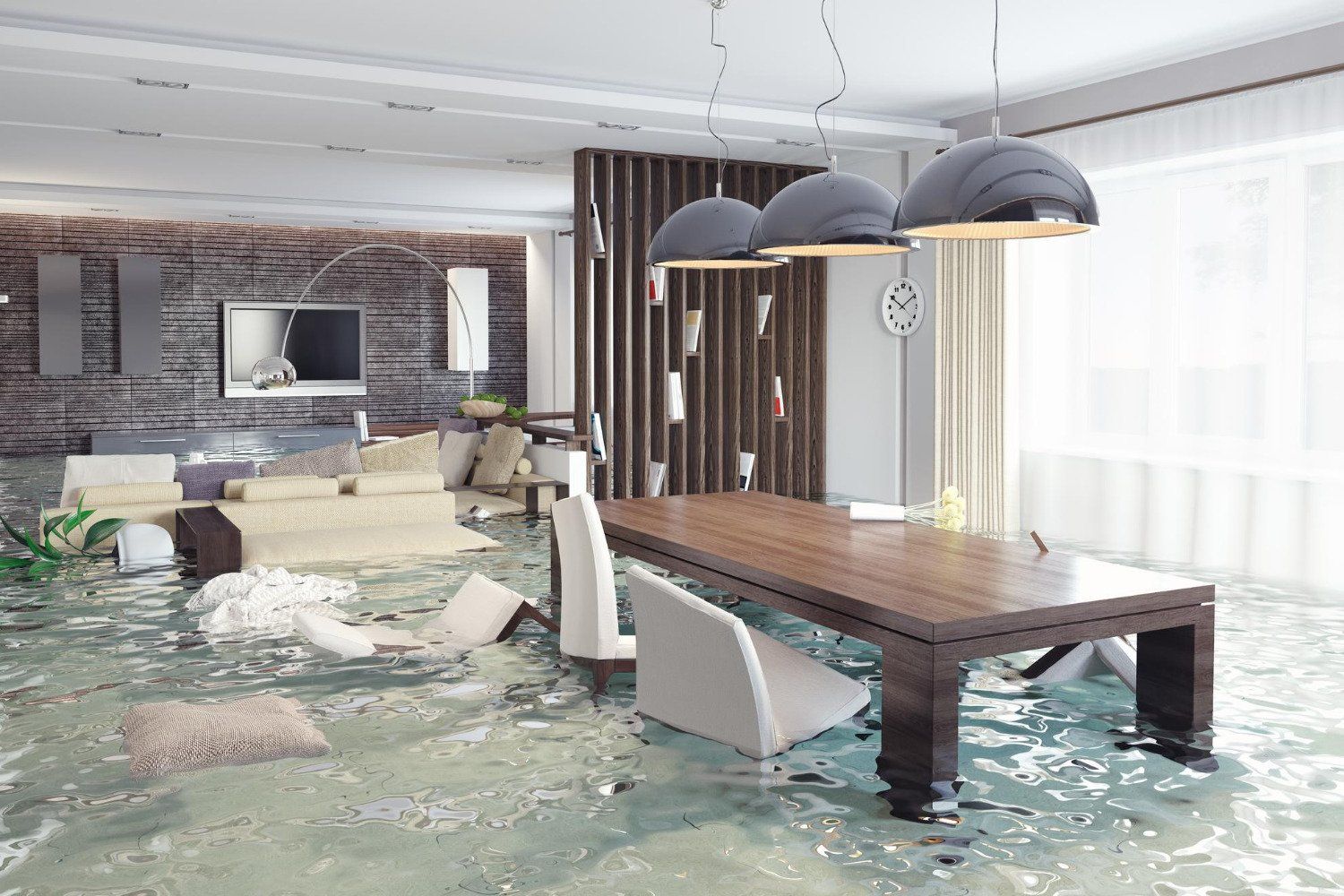What You Should Understand About Water Extraction Versus Water Mitigation
When your home is flooded, you may find yourself in an untenable scenario. Standing water in your Houston, TX home or business can rapidly become an issue due to bad weather or leaky pipes. Allowing water to remain longer increases the danger of lasting structural damage and eventual mold growth. The best course of action is to contact a water extraction firm that uses professional equipment such as industrial blowers, vacuum cleaners, and submersible pumps to remove the water. Utilizing a business that specializes in both water extraction and water mitigation will help to minimize water damage in your building. Prompt action is critical to ensure that your home or business can be restored to its pre-loss condition.
What is the Purpose of Water Extraction?
Water extraction is the procedure for completely eliminating standing water and moisture from a flooded region of a structure. Not only is this vital to initiating the drying process and avoiding structural damage, but it also prevents mold growth, which can result in hazardous spores being released into the air. The water extraction process is comprised of several processes that ensure the operation is completed as efficiently as possible:
- Industrial vacuums and submersible pumps are used to remove all standing water from the region.
- Moisture detectors and hydrometers are used to determine how saturated the air is with moisture.
- Hidden water in walls and ceilings can be detected using infrared cameras.
All of these measures are taken to ensure that no water is left behind. This includes any water that may have leaked into a building's fractures. After you've dried everything entirely, you may begin the water mitigation process.
How is Water Mitigation Defined?
Water mitigation is essentially the process of cleaning up after water extraction has occurred. It entails preventing future damage to the structure by cleaning, drying, and sanitizing the areas impacted by water damage. Water mitigation is all about taking swift and effective action. This stage of the process may involve the following steps:
- Disposal of debris from the area
- Taking apart damaged materials such as furniture and drywall
- Protecting and stabilizing the structure through the use of tarps and window boarding
- Disinfection and cleaning of salvageable items, household materials, and surfaces
- Drying the home completely with professional equipment
All of these actions are taken to reduce a building's water damage. This is a critical step in ensuring that your building can be totally repaired.
Engage the Services of a Water Extraction Company
Hiring a company that specializes in water extraction and mitigation is the most effective way to ensure that your home or business is thoroughly taken care of in the event of floods. Blue Hippo Restoration is a
water extraction company that offers 24-hour service to ensure that you receive assistance immediately when you need it.
Contact Blue Hippo Restoration at (832) 497-4497 to learn more about our water mitigation service.
More To Explore
Need Help With Disaster Restoration?
GET A FREE QUOTE TODAY
We are IICRC certified and hire only the most trustworthy and dedicated team members to ensure that each job is taken seriously and handled with absolute professionalism.



